Discover 11 hidden attractions, cool sights, and unusual things to do in Beaufort (United States). Don't miss out on these must-see attractions: Penn Center, John Mark Verdier House, and Richard V. Woods Memorial Bridge. Also, be sure to include Reconstruction Era National Monument in your itinerary.
Below, you can find the list of the most amazing places you should visit in Beaufort (South Carolina).
Table of Contents
Penn Center
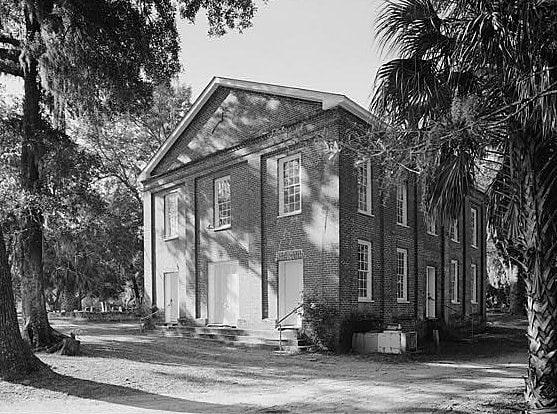
Non-profit organization in Saint Helena Island, South Carolina. The Penn Center, formerly the Penn School, is an African-American cultural and educational center in the Corners Community, on Saint Helena Island. Founded in 1862 by Quaker and Unitarian missionaries from Pennsylvania, it was the first school founded in the Southern United States specifically for the education of African-Americans. It provided critical educational facilities to Gullah slaves freed after plantation owners fled the island, and continues to fulfill an educational mission. Leigh Richmond Miner photographed students and activities at the school.
The campus was designated a National Historic Landmark District in 1974. Darrah Hall and Brick Baptist Church on the campus were declared part of Reconstruction Era National Monument in January 2017. In spring of 2019, it became the Reconstruction Era National Historic Park, along with Fort Sumter.[1]
John Mark Verdier House
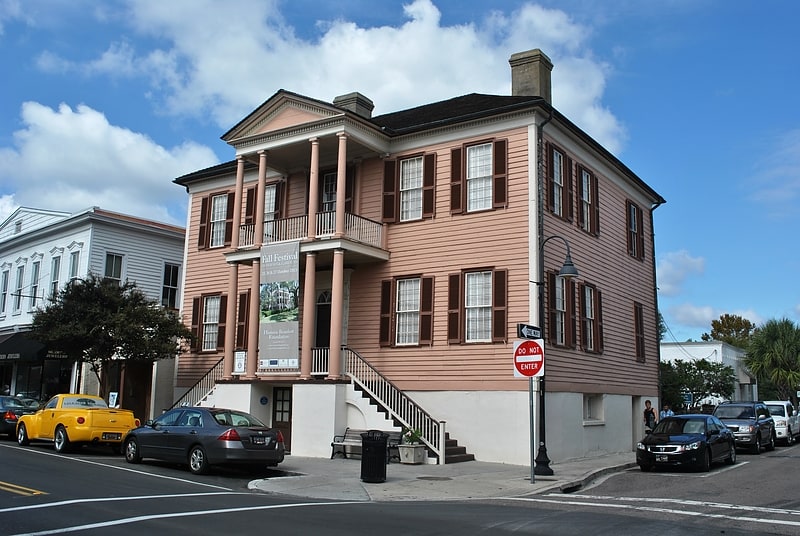
Museum in Beaufort, South Carolina. John Mark Verdier House, also known as Lafayette Building, is a building in Beaufort, South Carolina. It was built by John Mark Verdier, a French Huguenot, in 1804. The house typified Beaufort's gracious antebellum architectural style. It was a focal point of the town, a visible statement reflecting Verdier's significant wealth from trading indigo and growing sea island cotton.
It was listed on the National Register of Historic Places in 1971.
It is a contributing property in the Beaufort Historic District, which is a National Historic Landmark. It is the only house museum in Beaufort and provides tours Monday through Saturday from 10:00 to 4:00. Admission is $10.00 per person; children and military are free.
The house is owned and operated by the Historic Beaufort Foundation as a historic house museum.[2]
Address: 801 Bay St, 29902-5565 Beaufort
Richard V. Woods Memorial Bridge
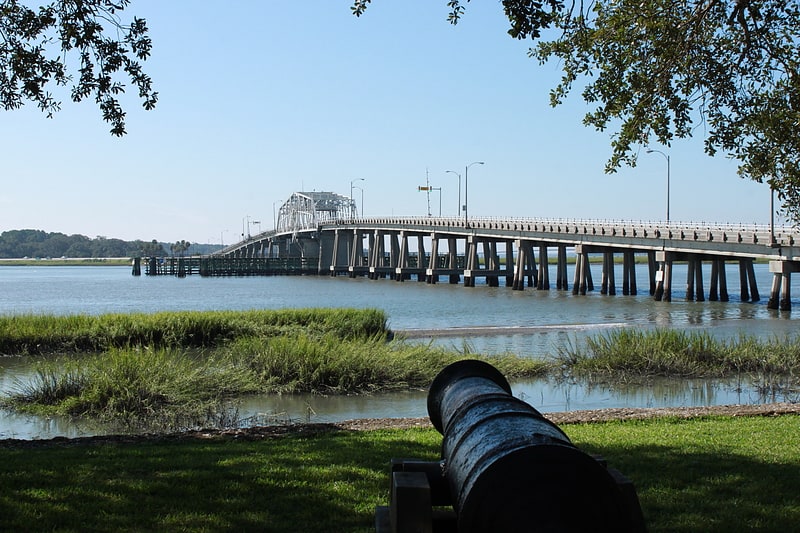
Swing bridge in Beaufort, South Carolina. The Richard V. Woods Memorial Bridge, is a swing bridge that connects downtown Beaufort with Lady's Island and the outer Sea Islands in Beaufort County, South Carolina. It carries U.S. Route 21 Business. The bridge is named in memory of Richard V. Woods, who was a South Carolina Highway Patrol officer killed in the line of duty and was opened on December 17, 1959, having replaced an earlier swing-bridge that was built 1927.
The bridge swings on its central axis to open for boat traffic which is too tall to clear the bridge, and has an operator's station in the center of the span from which an attendant can operate the bridge. Due to the presence of the Intracoastal Waterway, the bridge is required to frequently open for boat traffic to pass through.
The bridge was featured in the film Forrest Gump (1994) as a stand-in for a bridge across the Mississippi River. In the film, Forrest Gump is interviewed by television reporters about his cross-country running trip while crossing the bridge.[3]
Reconstruction Era National Monument
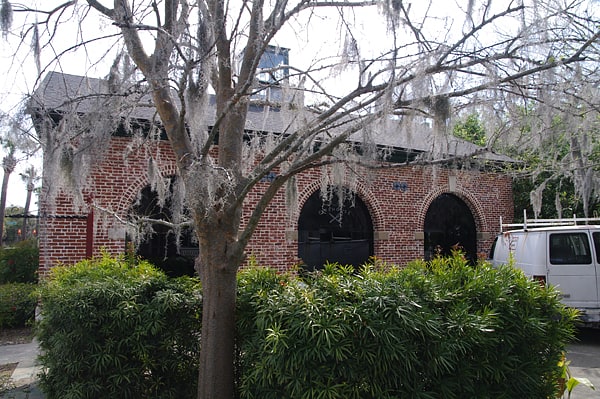
National park in Beaufort, South Carolina. The Reconstruction Era National Historical Park, formerly Reconstruction Era National Monument is a United States National Historical Park in Beaufort County, South Carolina established by President Barack Obama in January 2017 to preserve and commemorate activities during the Reconstruction Era that followed the American Civil War. The monument was the first U.S. National Monument dedicated to the Reconstruction Era. The John D. Dingell, Jr. Conservation, Management, and Recreation Act, signed March 12, 2019, by President Donald Trump, re-designated it as a national historical park. It is administered by the National Park Service.[4]
The Kazoo Museum
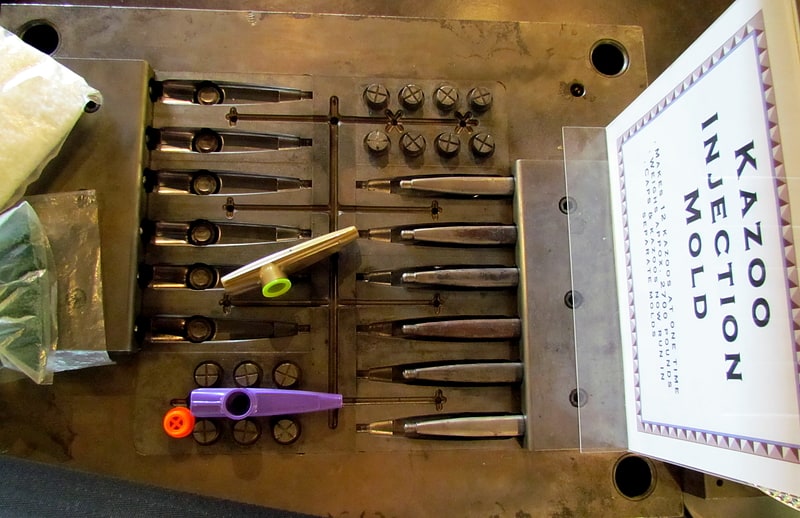
Museum. The Kazoo Museum is a museum dedicated to the history of the kazoo, located in Beaufort, South Carolina. The museum houses one of the largest collections of kazoos in the world. Originally established in 2007 in Seattle, Washington, The Kazoo Museum opened in its current location in Beaufort on October 6, 2010. The museum is located in the Kazoobie Kazoos Factory and features a collection of kazoos, kazoo recordings and kazoo memorabilia.[5]
Address: 12 John Galt Rd, 29906-4290 Beaufort
Beth Israel Congregation
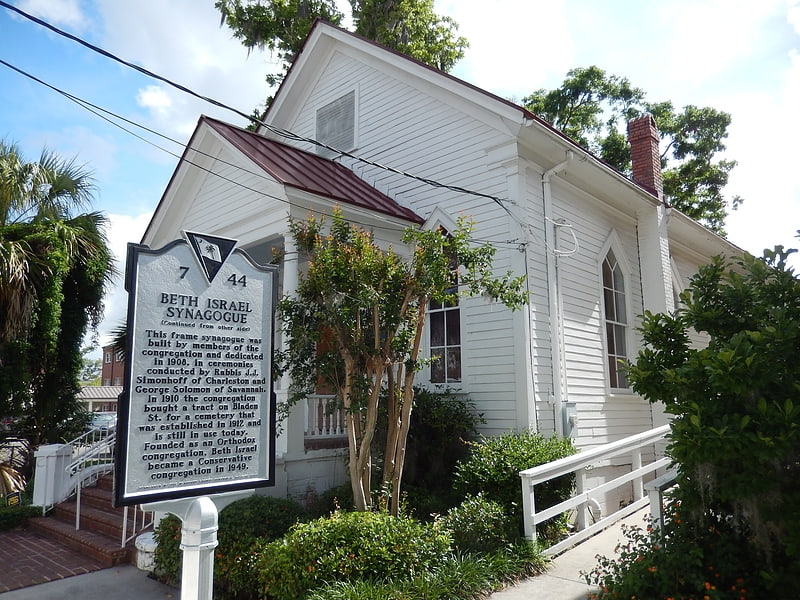
Synagogue in Beaufort, South Carolina. Beth Israel Congregation is a historic Conservative synagogue located at 401 Scott Street in Beaufort, South Carolina. Built in 1908, it is one of the few wooden synagogues in continued usage in the southeastern United States.[6]
Address: 401 Scott Street, Beaufort
Lady's Island Marina
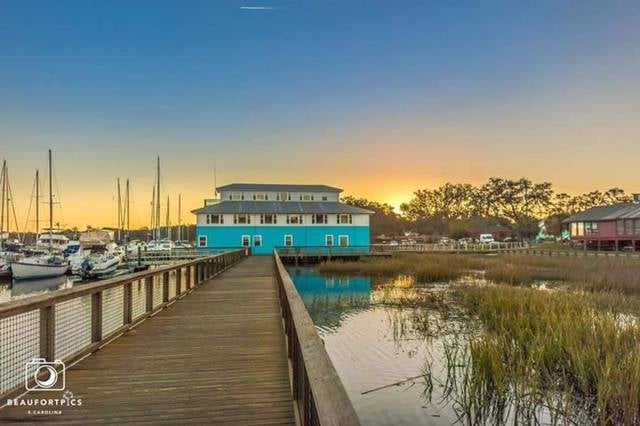
Park, Sailing, Marina
Address: 73 Sea Island Pkwy, 29907-1459 Beaufort (Lady's Island)
Marshlands
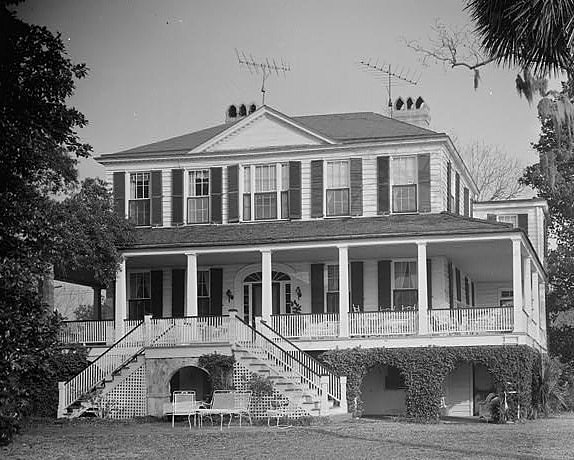
Historical landmark in Beaufort, South Carolina. Marshlands, also known as the James Robert Verdier House, is a historic house at 501 Pinckney Street in Beaufort, South Carolina. Built about 1814, it is a high quality and well-preserved example of early Beaufort architecture, showing both Adamesque and West Indian stylistic influences. It is also notable as a home of Dr. James Robert Verdier, who discovered a treatment for yellow fever. It was designated a National Historic Landmark in 1973 for its architectural significance.[7]
Arsenal Visitor Center and Chamber of Commerce

Museum
Address: 713 Craven St, Beaufort
Tabernacle Baptist Church
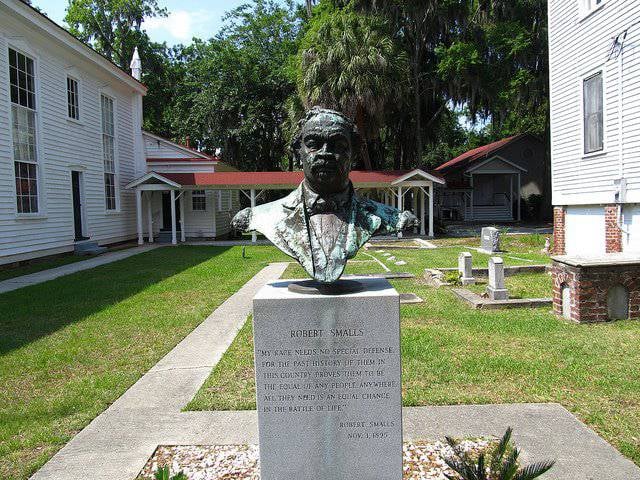
Historical place, Church
Address: 901 Craven St, 29902-5575 Beaufort
Beaufort Historic District
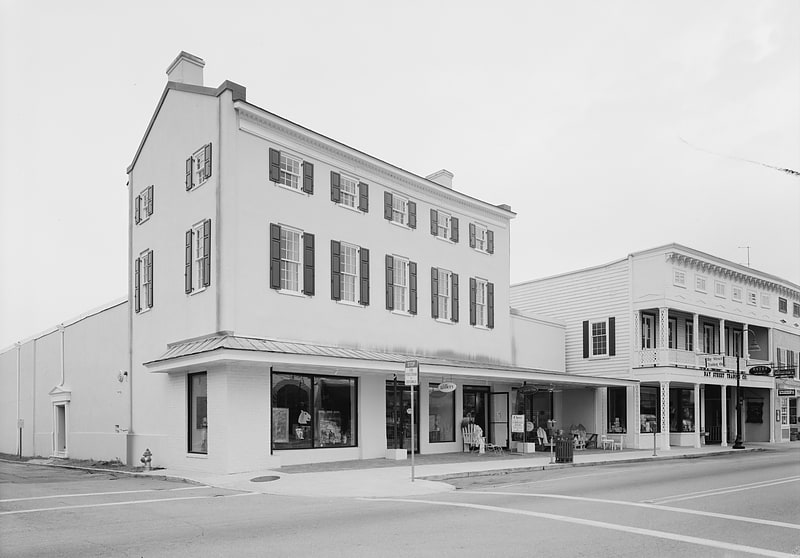
Historical place in Beaufort, South Carolina. Beaufort Historic District is a historic district in Beaufort, South Carolina. It was listed on the National Register of Historic Places in 1969, and was declared a National Historic Landmark in 1973.
The historic district is renowned for its impressive collection of antebellum architecture that reflect the Federal, neoclassical, and Greek revival styles that were popular during the interwar period, along with the widespread use of tabby. A variety of homes, gardens, commercial buildings, houses of worship and graveyards are featured in the district, with some sites open for public inspection. Continuous efforts at rehabilitation and conservation underline the community's commitment to maintaining the historic nature of the district, which has attracted much acclaim and garnered popularity from visitors and media outlets.
The district's condition has been assessed several times since it was listed in 1969, and in 1998 the National Park Service proposed listing the district as "threatened" due to an ongoing gradual loss of historic integrity. Partly in reaction to this, the district's significance was broadened to include a distinctive historical element of post-Civil War history. The Port Royal Experiment, centered in Beaufort, involved a large-scale redistribution of land from large landowners to former African-American slaves in an effort to assimilate the freed slaves into a modern post-war society. This Reconstruction-era effort had a marked impact on Beaufort's built environment, and is still evident in the surviving buildings.[8]